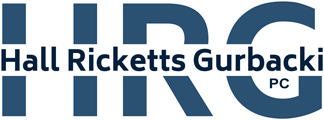According to Mothers Against Drunk Driving, driving drunk with a child passenger in the vehicle is a form of child abuse. 47 states have laws that allow prosecutors to charge additional penalties to defendants who had a child passenger in the vehicle at the time of the DUI arrest. In all states, including those without such laws in place, prosecutors can charge a drunk driver with a separate crime unrelated to traffic penalties such as child endangerment. Despite this, many drivers continue to transport child passengers while intoxicated. In response, New York enacted Leandra’s law, which makes it a felony to drive drunk with a child passenger.
MADD has dubbed Leandra’s law, which New York enacted in November 2009, a “model child endangerment law.” There are a few key provisions of the law worth noting. For starters, a “child passenger” is any child who is younger than 16 years of age. Second, the state may charge any first-time offenders who drive while intoxicated with a child passenger in the vehicle with a class E felony, which carries with it the possibility of up to four years in prison. The state may also suspend the person’s license pending prosecution.
The state may charge drivers who operate a motor vehicle while under the influence of drugs or alcohol and who cause the death of a child passenger with a Class B felony. A Class B felony carries a punishment of up to 25 years in state prison. If a driver causes serious injury to a child passenger as a result of his or her impaired driving, the state may charge the person with a Class C felony, which is punishable by up to 15 years in prison.
If a parent, custodian or guardian gets arrested and charged with a DUI with a child passenger, the arresting agency may report the person to the state agency that handles child abuse and mistreatment. The agency may decide to remove the child from the home or revoke the parent’s custodial rights.
The content in this post is for educational purposes only. It should not be used as legal advice.
